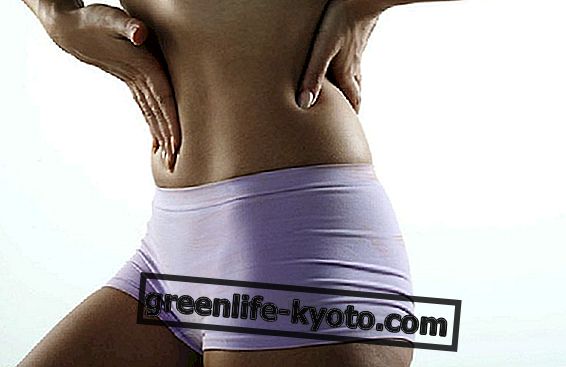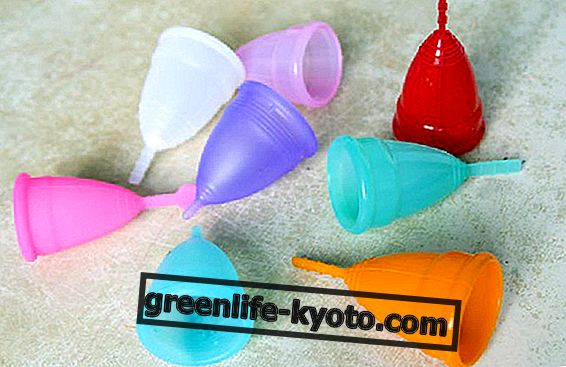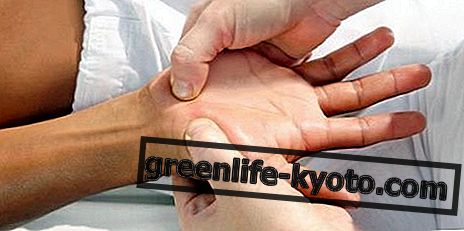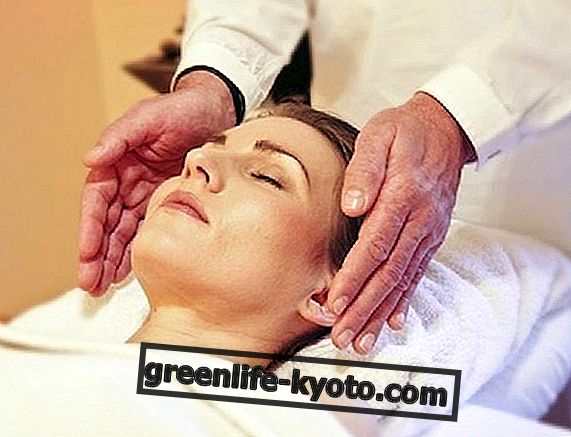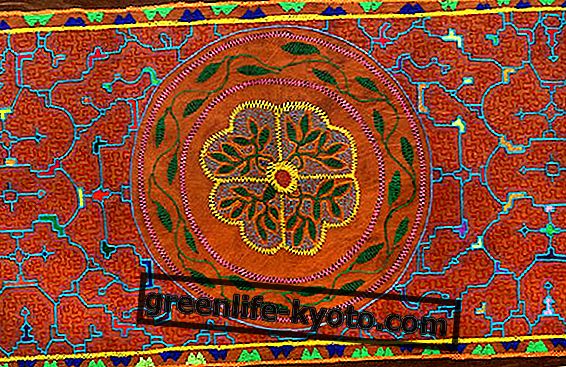
Does latex make mold?
NO! Latex mattresses are produced through a vulcanization process: in a nutshell, the liquid latex is processed into a foam and then left to solidify by drying, thus losing all the excess water. If the mattresses are produced according to the correct timing and procedures, they can guarantee high breathability (which is also a distinctive feature of latex).
This urban legend, however, unfortunately finds its true foundation in the first period of the latex production boom: in fact, when it began to appear in the world of mattresses, the demand for this natural and innovative material far exceeded 'offer. With such a high demand, production times were reduced to the bone and in some cases this was the mistake, causing the production of mattresses that were not yet completely dried and therefore at risk of mold.
The correct timing varies according to the density of the latex foam produced with the vulcanization and to the height of the slab that will make up the mattress, so it is always better to ask your dealer and go into more detail on the topic, even if now the risk of it a similar situation is now far-fetched. If you don't know who to contact, the site of this latex mattress maker is very well detailed.
You have to turn it more often than the other mattresses!
Absolutely not. Following also the above, we quickly understand why high quality latex mattresses do not need to be turned as often as we think. However, it is necessary to make a clarification: when we sleep and we seem to do no activity, in reality we expel anyway sweat, obviously in small quantities, which comes into contact with sheets, mattress covers, and finally the mattress itself. But when we get up in the morning and maybe even open the windows to change the air, all the accumulated humidity has the chance to evaporate and therefore the problem does not occur.
But if the underside of our mattress rests on nets with very large slats or (even worse!) A single slab, its breathability is inevitably blocked for this side, being able to cause discomfort with the passage of time.
It is clear at this point that this is not a problem related to the type of material or mattress, but precisely of the fact that, if we imagine a slab or in any case an enclosed space like that of a container bed that is never opened, from one side the mattress never breathes because there is no air circulation.
The advice is therefore always to use suitable nets and supports, and certainly careful advice on the right mattress for you can help you in your choice.
Latex mattresses are soft .
Again, the answer is NO. The elasticity of 100% natural latex mattresses is unique: unlike other materials in fact, their molecular structure is able to stretch up to 700% without reaching the breaking point and therefore definitive deformation.
This fact makes us understand how 100% natural latex is able to support our movements during rest, avoiding any kind of tension and even giving us the right support.
Furthermore, we must take care that our mattress is really natural and not synthetic or semi-natural: in fact we risk to come across mattresses produced with synthetic supplementary substances such as polyurethane which aesthetically simulate the characteristics of natural latex, but in reality we would immediately notice that it is more rigid. This greater rigidity therefore makes the material less elastic and over the years we could notice a greater ease of the mattress to sink or lose cm in height, ruining not only the mattress but also our rest. In cases of poor quality mattresses it can become from a simple annoyance to a real psychophysical discomfort, causing physical ailments such as neck pain, back pain, insomnia and so on.
So the advice always remains to rely on a specialized consultant.
With this article on false myths about debunking latex, I hope I have made more clarity on such an extraordinary material, still little explained to the world of consumers.
Keep following me to find other interesting articles on how to sleep well!
5 tips to sleep well
